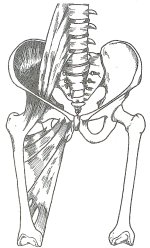A Simple Guide In Plain English
 Introduction
Introduction
- Chi (qi) is an ancient Chinese term, which can be translated as energy. Like energy, the word chi is used in both abstract and concrete terms, and applied to both general concepts and specific phenomena. In other words, chi is ambiguous. (People who use the term often have a specific meaning in mind.)
- In the broadest sense of the word, chi is generally understood to be pervasive, present in everyone and everything, but it is not uniformly distributed.
- Chi moves freely around the universe, assuming various forms along the way. Disciplines such as Chi Kung (Qigong) and Feng Shui purport to observe and manipulate chi, for the specific benefit of human life.


